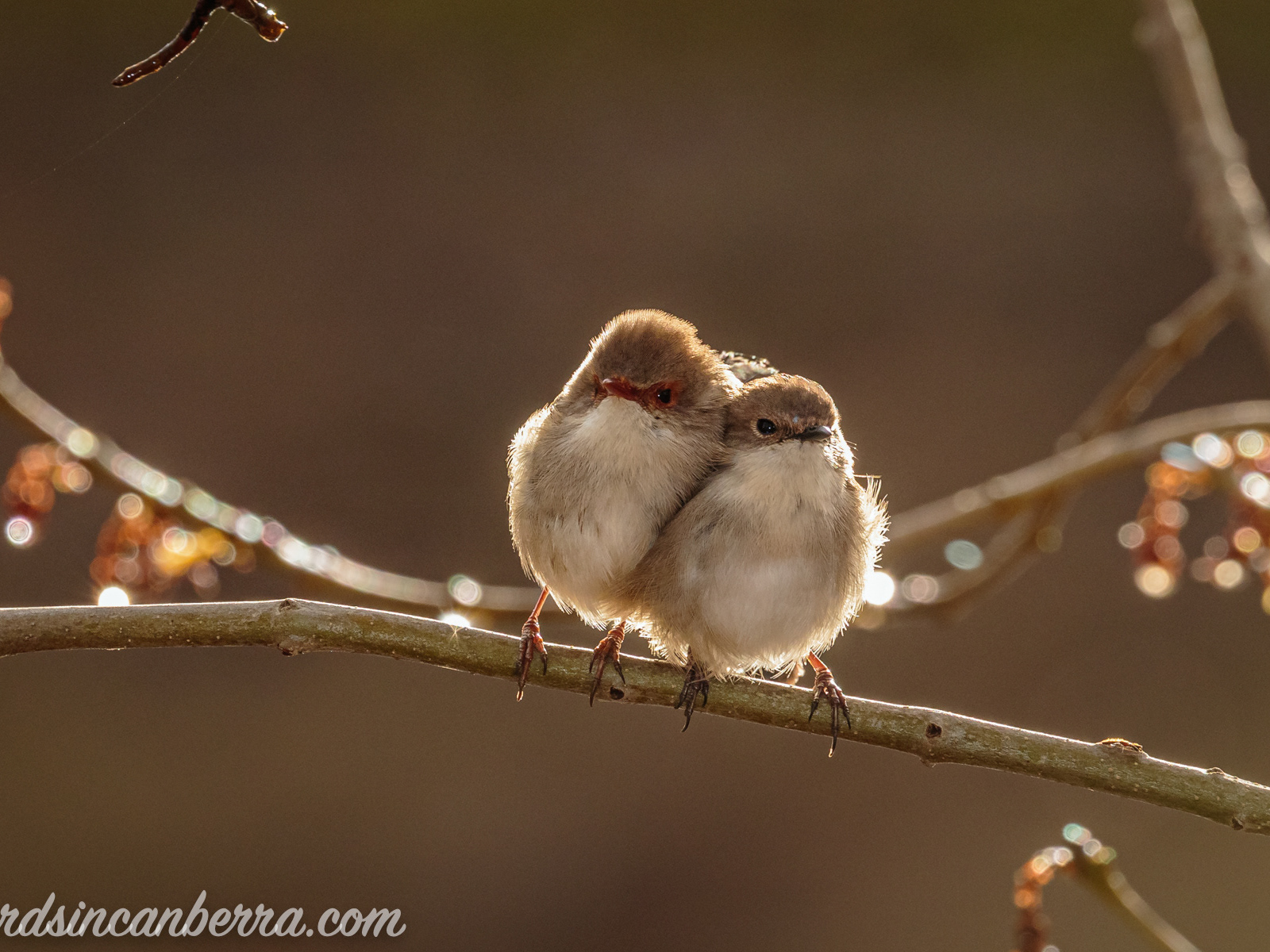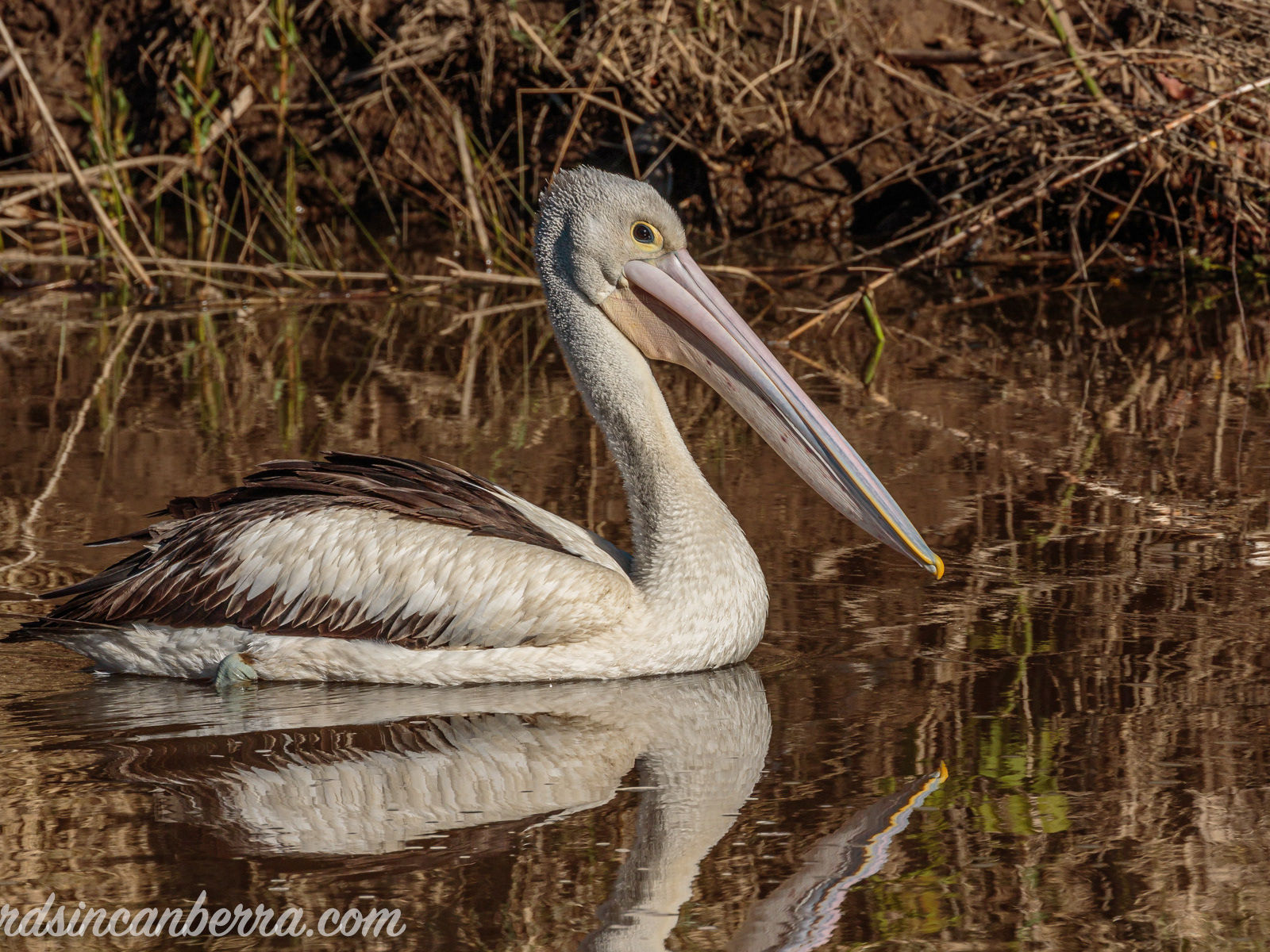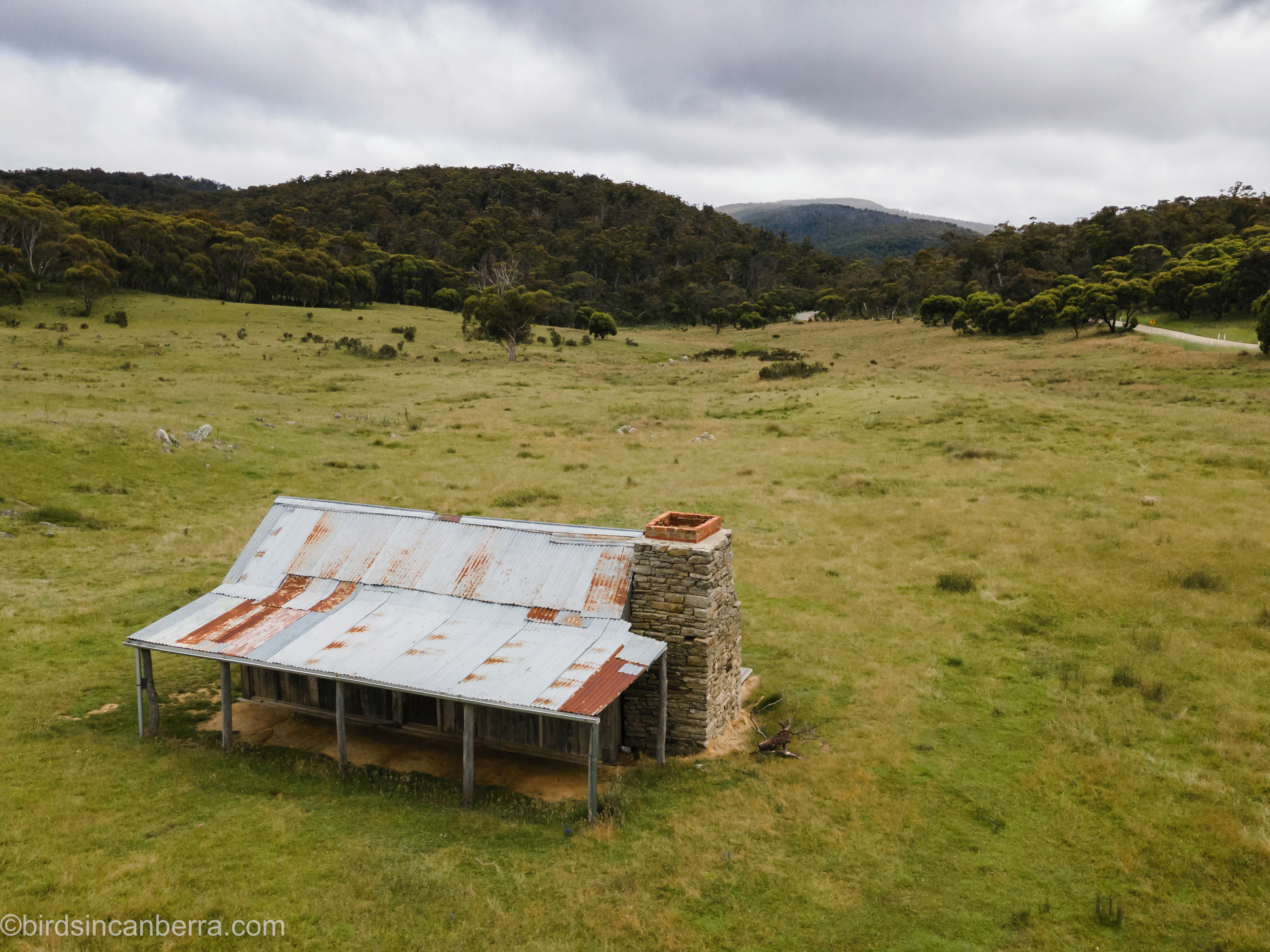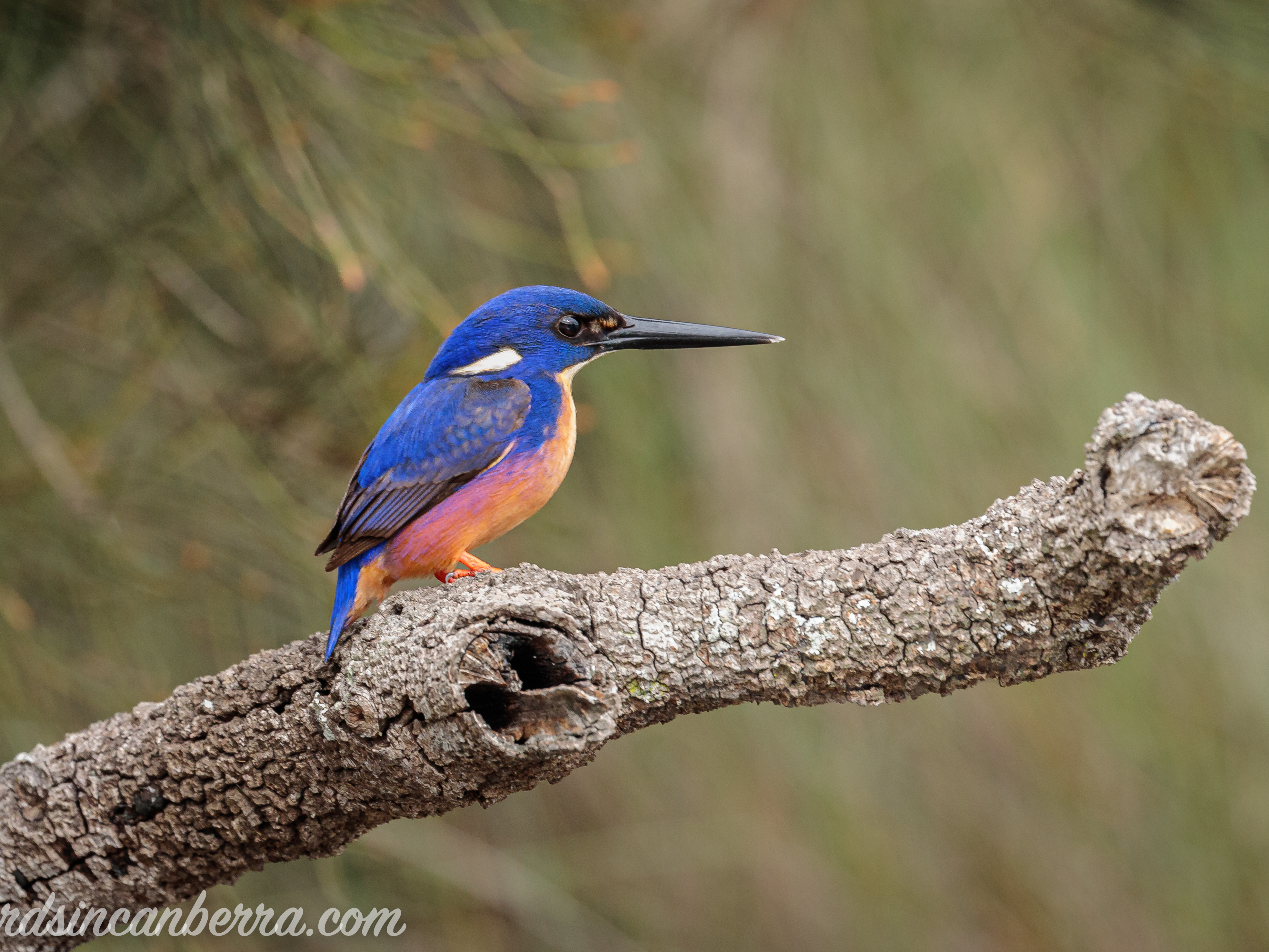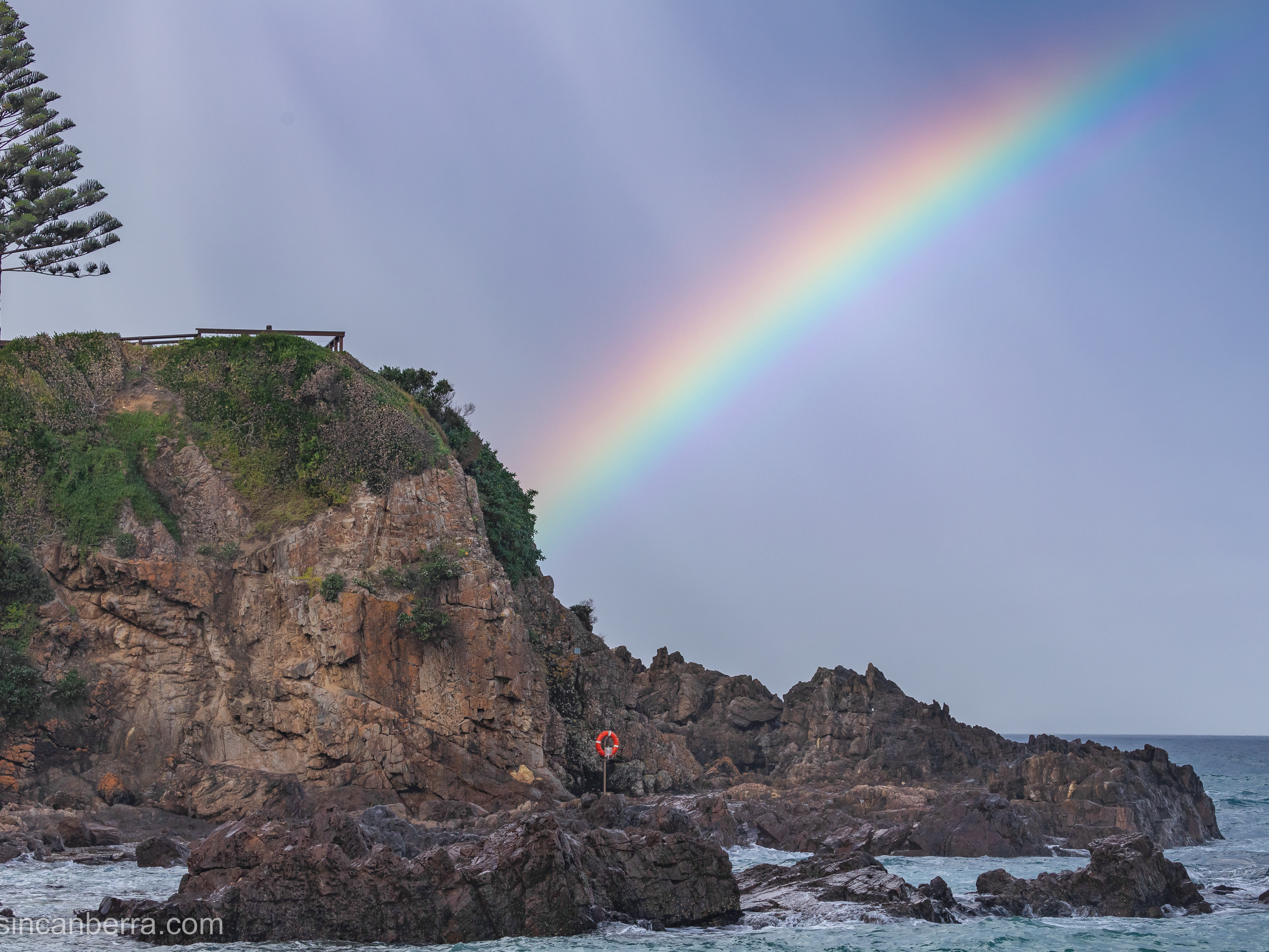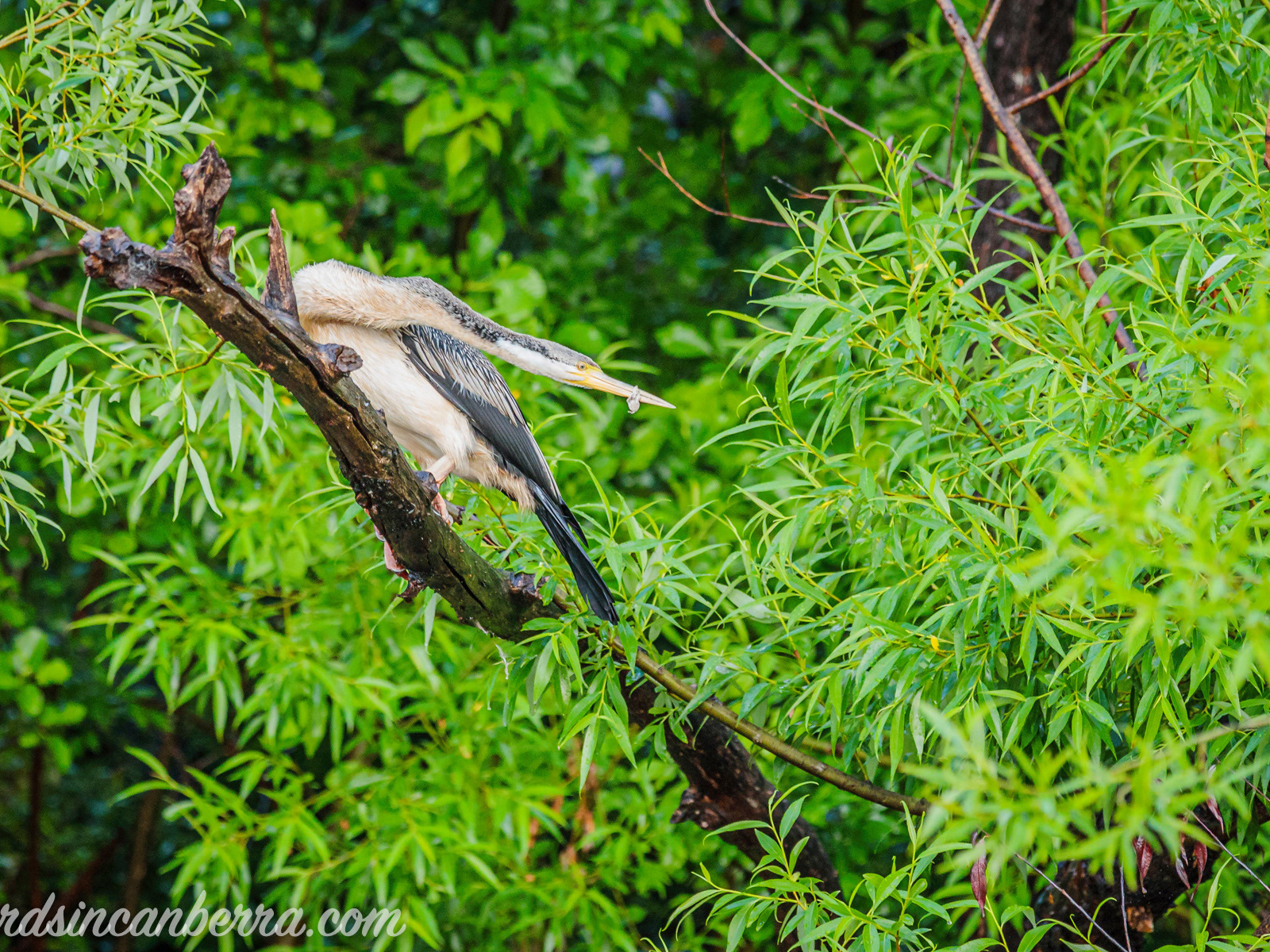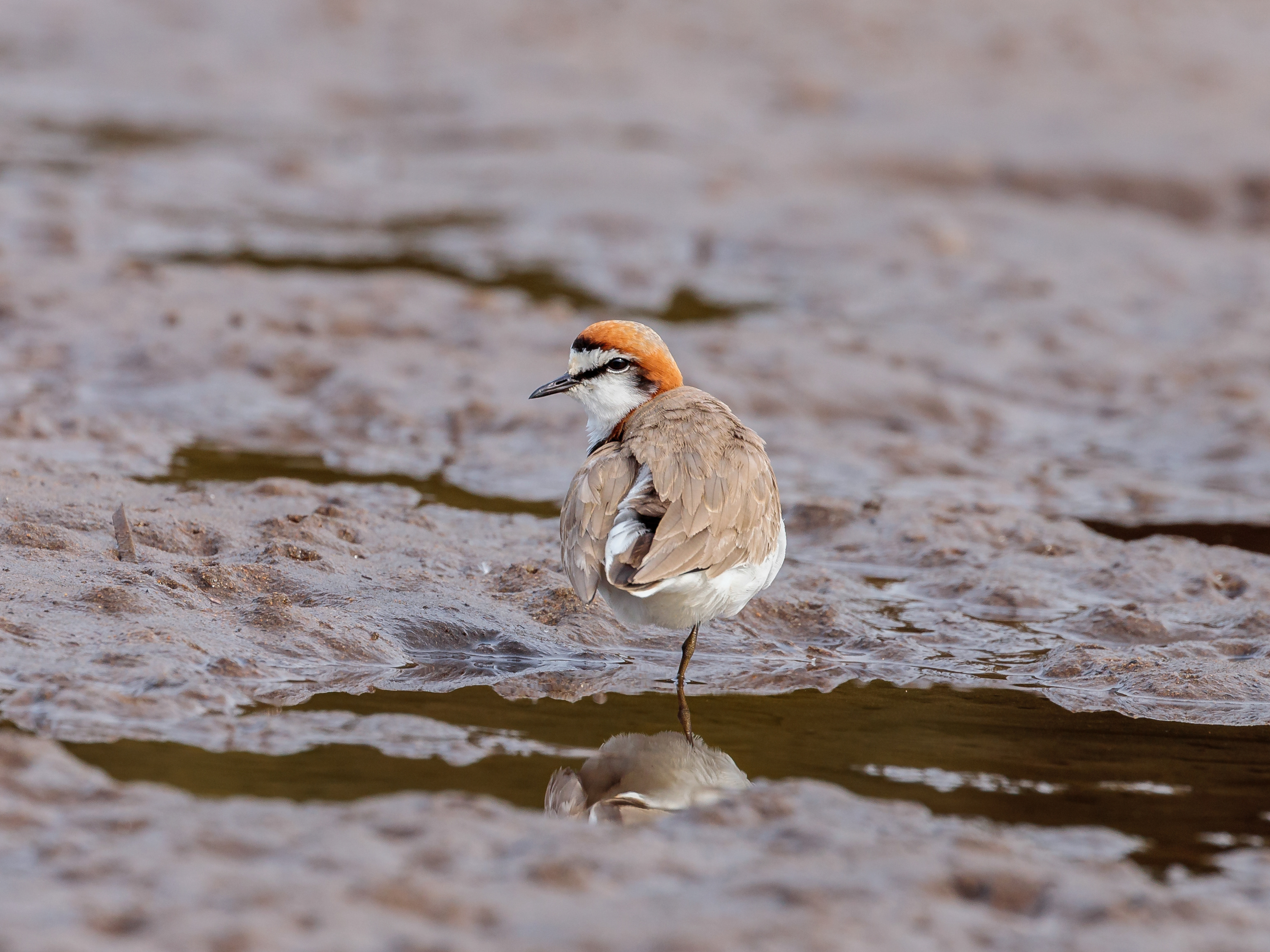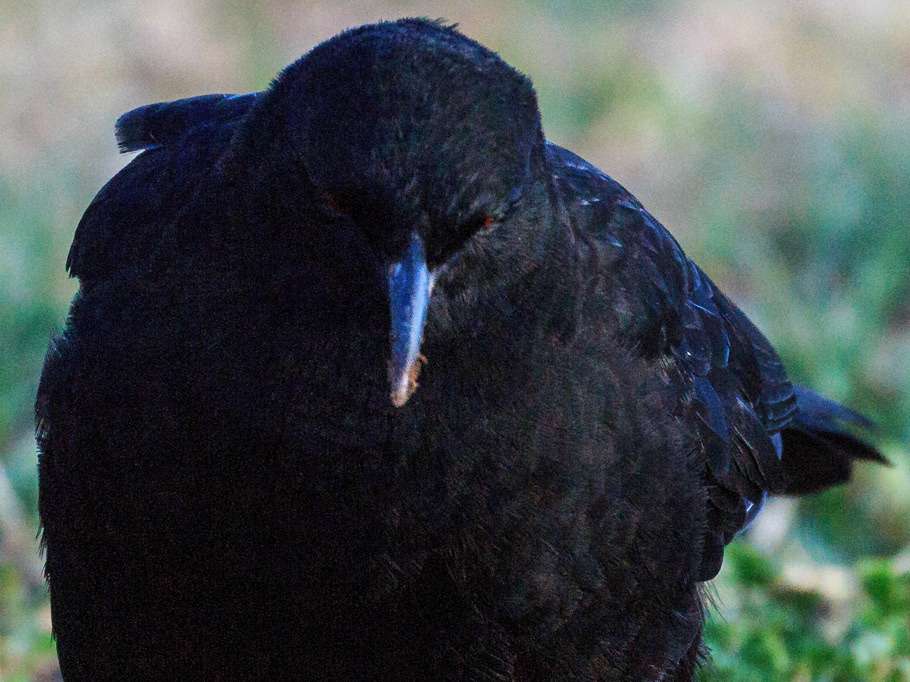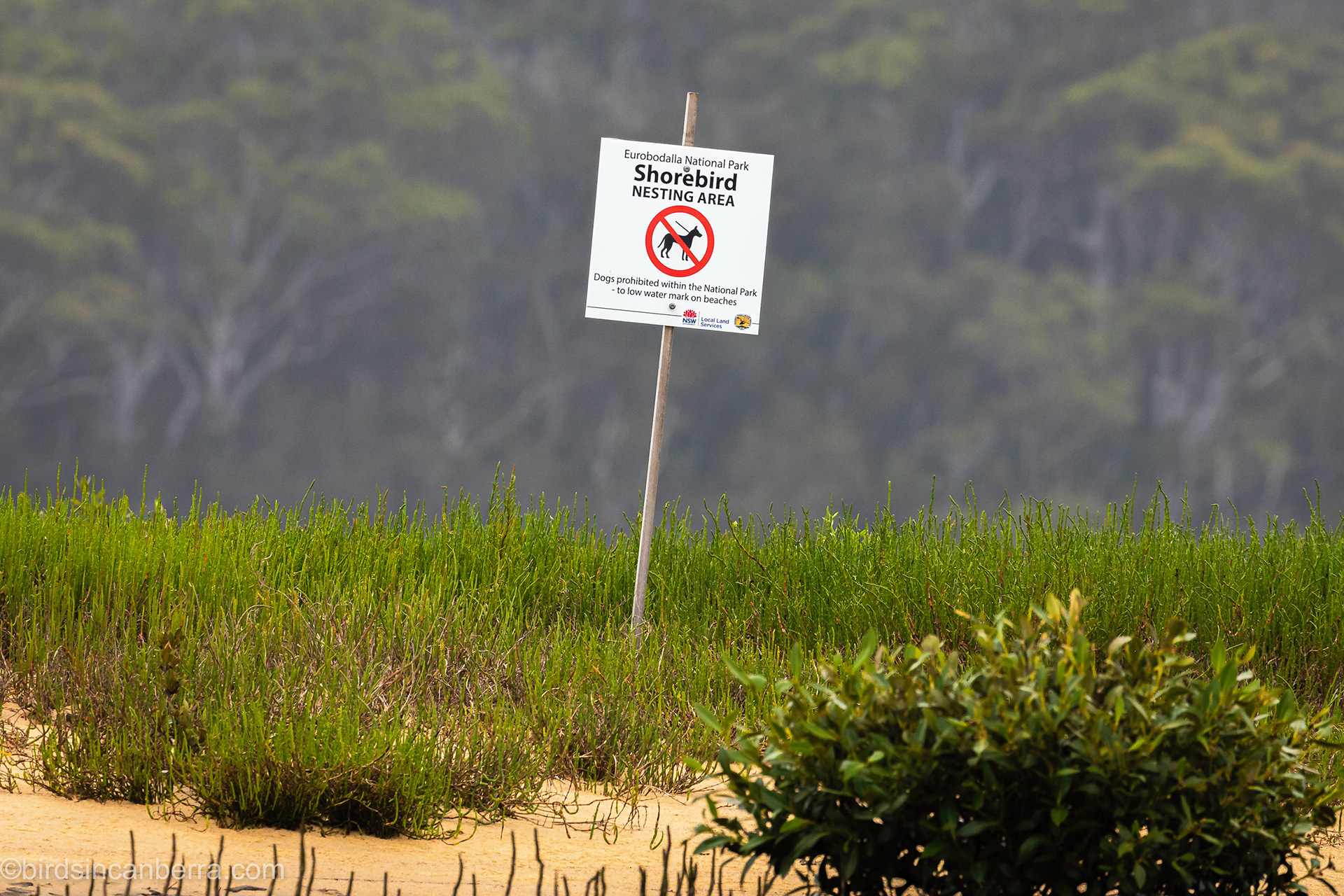

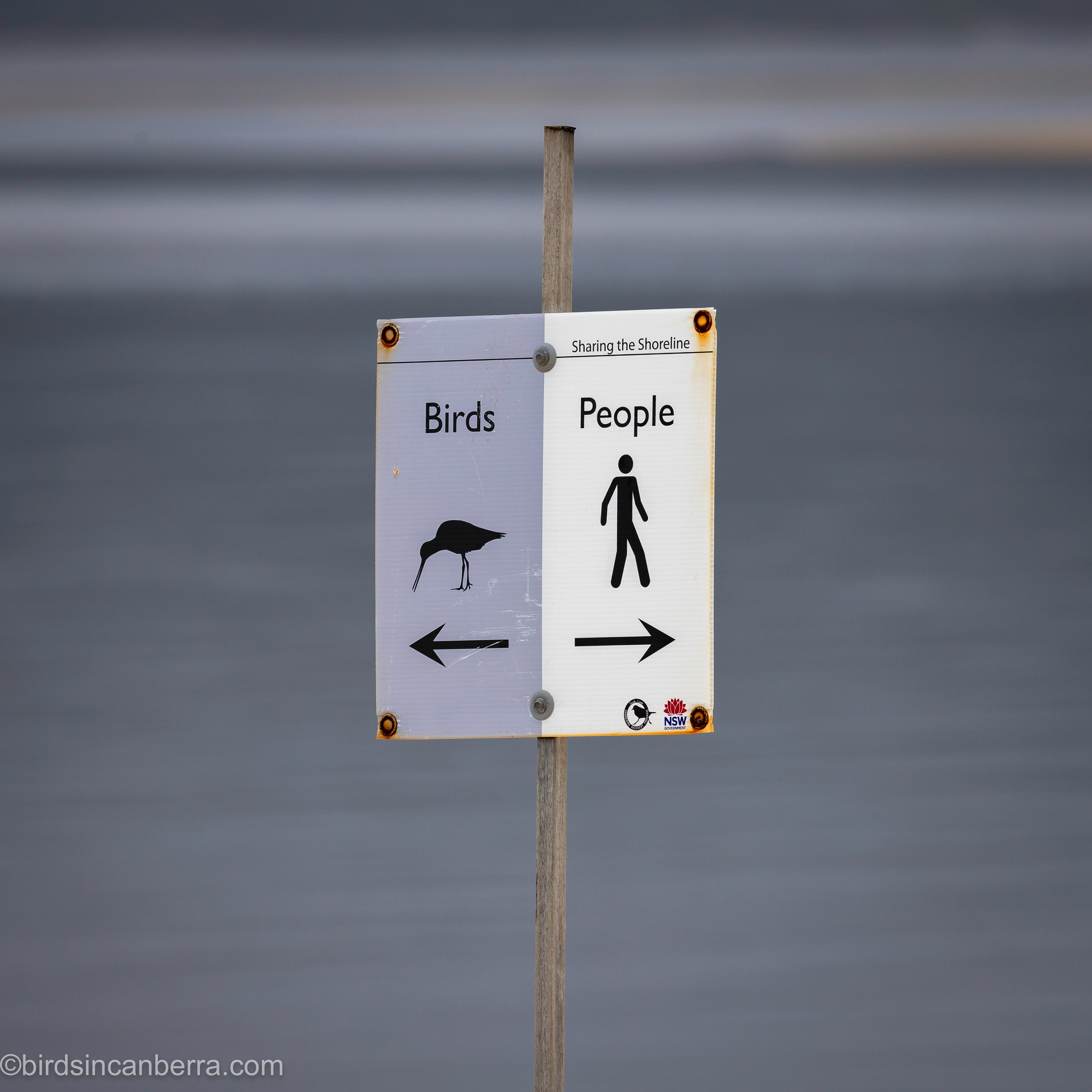
Overcast skies hung threateningly overhead on the day in January 2022 when I went to Tuross Head. Rain was threatening most of the time and a strong wind blew up later in the paddle. However, none of that mattered because it was just such a wonderful time paddling around the shallow waters there with the beautiful birdlife and other animals. A kayak was the ideal means to see the region because I could paddle up shallow creeks and easily move between sand bars. The wildlife was captivating, from the Eastern Curlew that I saw even before I put my kayak in the water to the Semaphore Crabs that blanketed the mudflats up the Tuross River. And once I saw the Australian Pelicans I was in my element. I had a great time photographing those big water birds that can look so clumsy walking but are masters of using the wind to manoeuvre in the air. Later, after the kayak, I was in a suitably elevated position to photograph some of those magnificent, large water birds as they came in low to land



